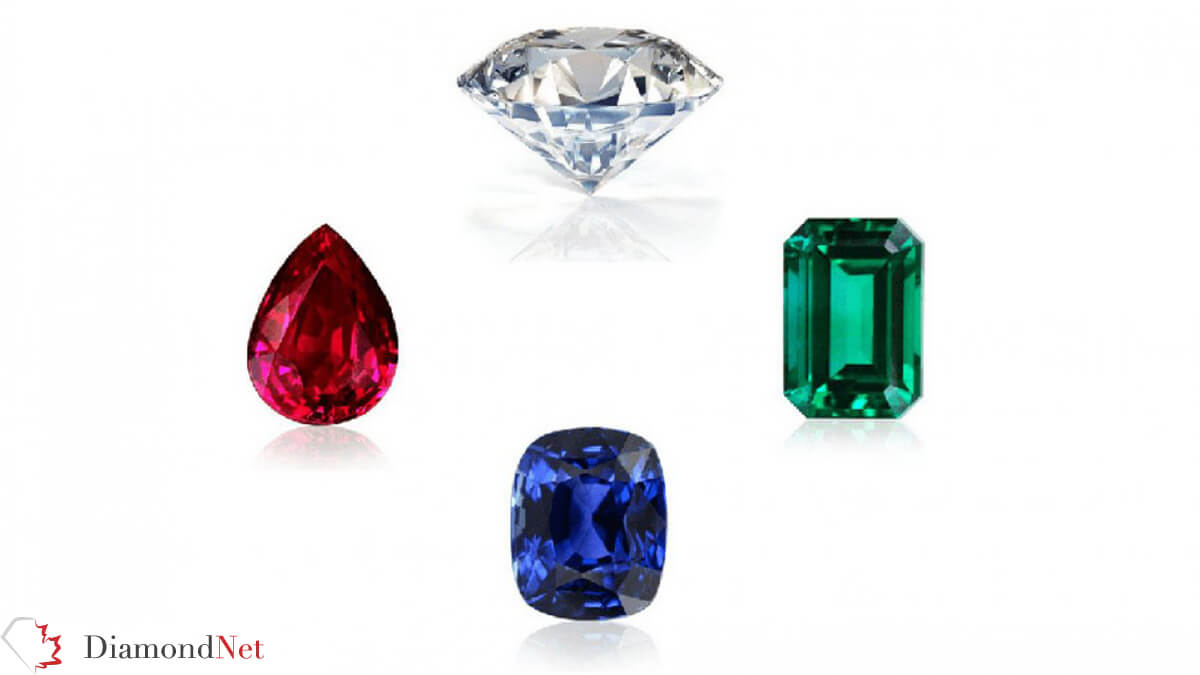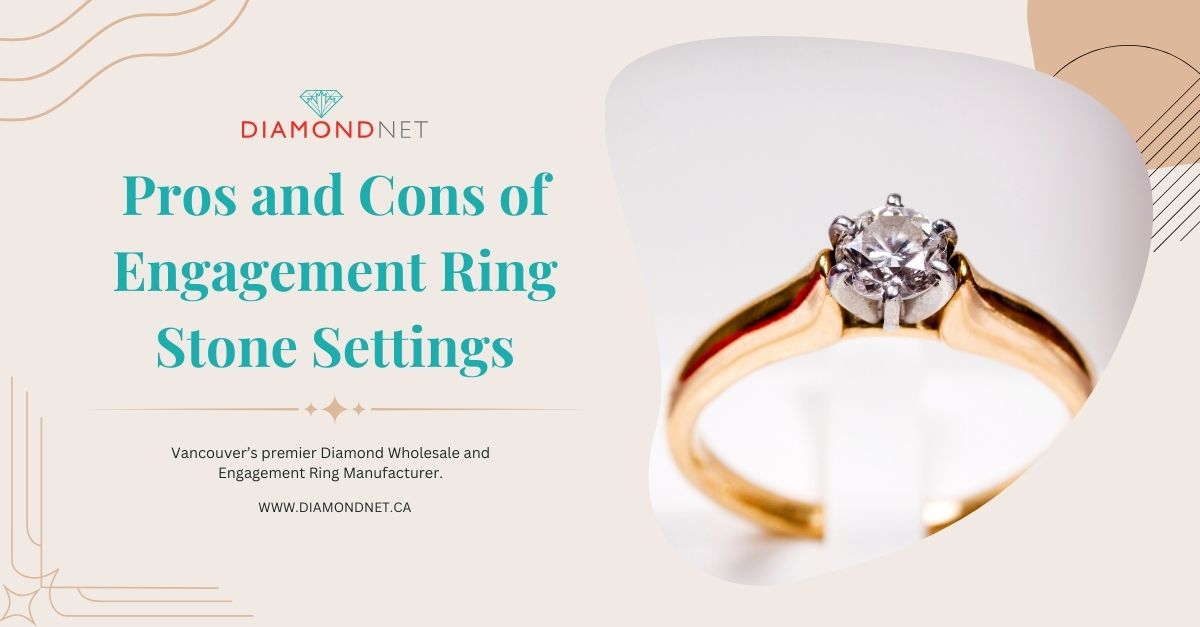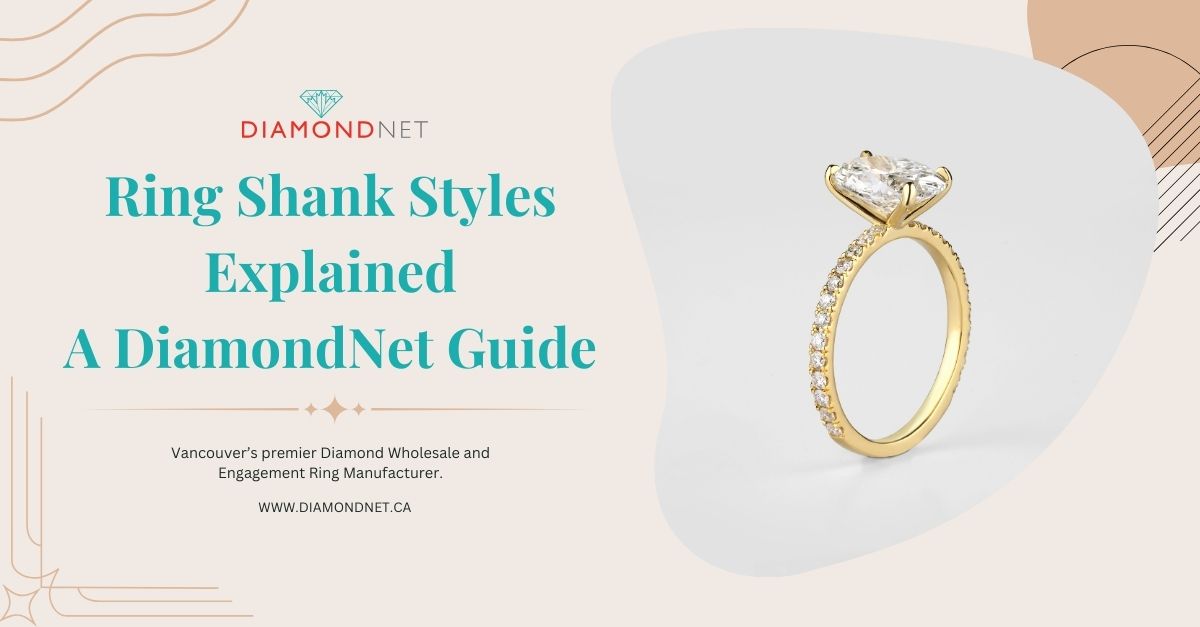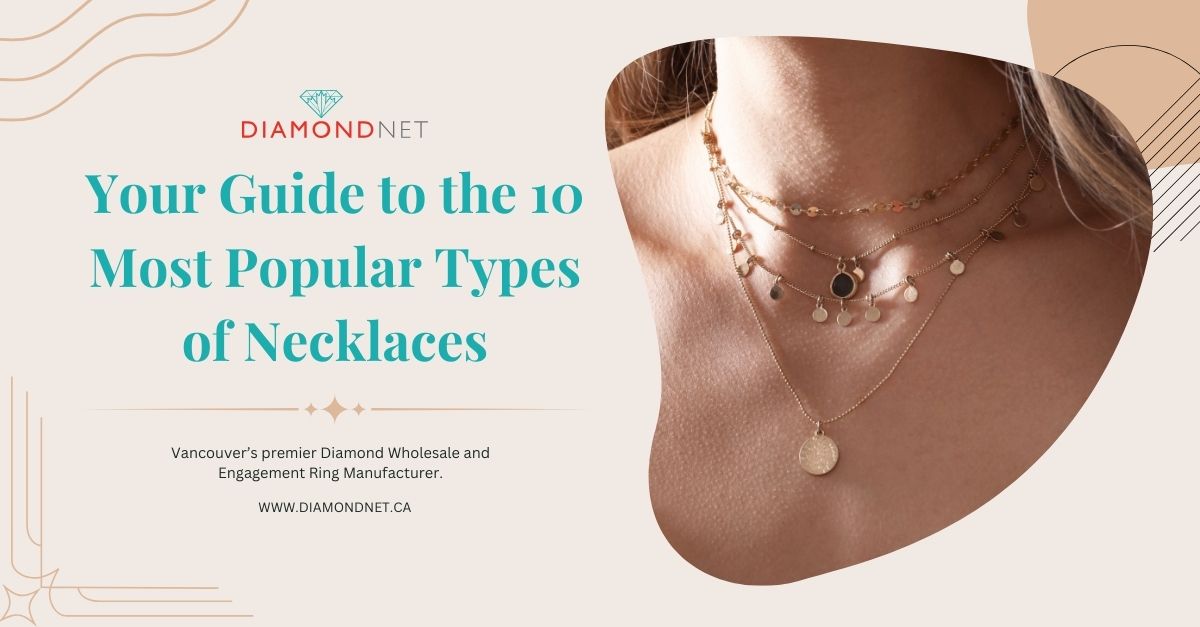Gemstones are precious and have always been used throughout history on all sorts of accessories from crowns on the head of kings and queens to jewelries worn by people. Engagement ring is one of the jewelries that has great meaning associated with it which makes it a valuable candidate for gemstones.
Diamond is the first choice when it comes to engagement ring but other colorful gemstones such as sapphire, ruby and emerald are also used occasionally according to personal preference. People know that gemstones are found deep within the earth through mining process and that they are expensive but what people don’t know is the difference between Diamond and other gemstones.
In this article, we aim to explain the technical difference between Diamond and other gemstones so you have more knowledge and understanding about Diamond engagement ring.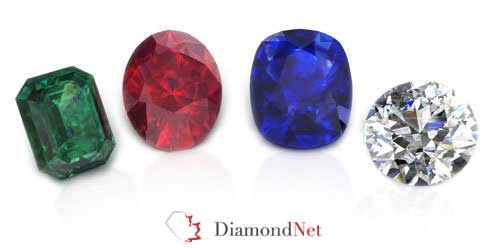
What makes the gemstones different?
Each gemstone is unique just like anything else in nature. For understanding the difference, we will have to look at chemical and physical aspect of gemstones:
- The formation
Our beautiful home, Earth, has different layers of rocks that give us different gemstones
Igneous or kimberlite rock is formed when molten magma with temperature of 700 to 1300 °C runs from the mantle, 125 miles deep within earth and reaches the surface as lava. It is then cooled and crystallized beneath the surface. That is when interlinking crystals grow and form gemstones depending on the presence of elements and cooling time. Each element can create different color gemstone and slower cooling time at deeper levels create larger gems. Diamond is formed at this layer of the earth.
Metamorphic rock is formed when underground heat and pressure changes existing minerals and elements into new rocks in metamorphism process. Sapphire, ruby and emerald are formed at this layer of the earth. - The chemical composition
Unlike other gemstones that contain two or more elements, Diamond is unique in the way that it is made from a single element namely pressurized carbon. 3 billion years ago, carbon was formed below the surface of earth but was transformed to Diamond due to high heat and pressure. Every 5 carbon atoms in Diamond form a 3D crystal which is the hardest known substance in existence. It gets number 10 on Mohs Hardness Scale that makes it ideal for industrial uses to cut hard metals.
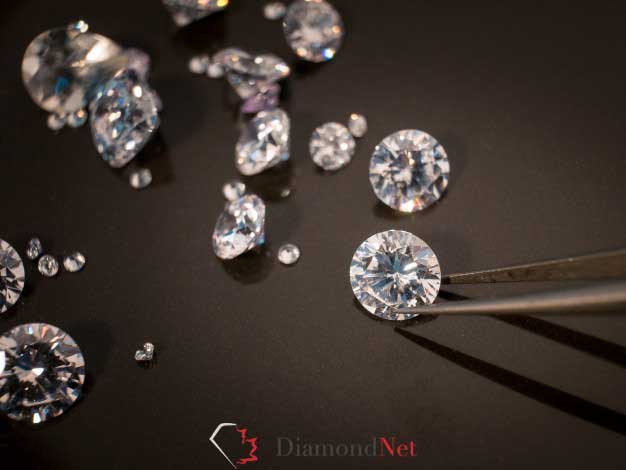
Diamond is priced based on clarity and color with the most clear colorless gem having the highest price but the exceptional fancy-color Diamonds also have a very high price. The clarity is determined based on the presence of slightest defects using high-tech magnification equipment. The color grading of Gemological Institute of America (GIA) is done in 2 scales of colorless (D to Z) and fancy-color (beyond Z). In the first scale, the absence of color is considered high quality but in the second scale the rarity and intensity of the visible body color in face-up position is highly demanded. Inclusion of other minerals such as hydrogen, nitrogen, nickel and boron causes the colors of violet, yellow, green and blue respectively. Opaque minerals such as pyrite, graphite or hematite cause black color due to the blocking of light transmission. In contrast, fine-grained translucent minerals in dense clouds create white color. Diamond is mainly mined in Russia, Botswana, Angola, Canada and South Africa.
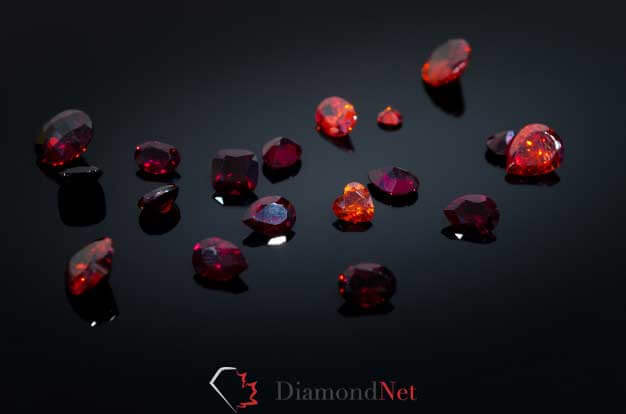
Sapphire and ruby are compounds of corundum element which is a colorless aluminum oxide. It is the hardest substance after Diamond and in pure form can be an alternative even in jewelry making. Corundum is formed in an environment that is free from silicon and since silicon is found abundantly, corundum is very rare.
Corundum is ideal for industrial applications due to its hardness. It is used in grinding wheels, emery paper and abrasive polishing powders. Electronic components and UV resistant windows also use this element. The first working laser created in 1960 by Hughes Research Labs contained a ruby corundum crystal to produce an intense beam of light. But current lasers use synthetic corundum to be used in barcode scanners, printers, range finders, tough material cutters, tattoo removers and even in surgery.
There is a phenomenon called asterism or the star effect associated with corundum. It usually appears as a six-ray star pattern across a cabochon-cut curved surface of a gem. The star effect can be found in ruby or sapphire when white light reflects from tiny needle-like inclusions!
Sapphire and ruby have the same structure but inclusion of other minerals creates ranges of color. Sapphire as a word means blue corundum that gets its color from mineral iron. But ruby contains mineral chromium that gives the red color. Depending on the amount of elements, the intensity of color varies that determines the price. They might also have other minerals such as titanium, nickel, copper and magnesium that cause variations in color.
There is a type of sapphire that changes color under different lighting! It goes from blue in daylight or fluorescent lighting to purple under incandescent light. There are also fancy sapphires that come in violet, orange, pink, purple, green and yellow hues but they are rare. There is also parti-colored sapphire that has combinations of different colors.
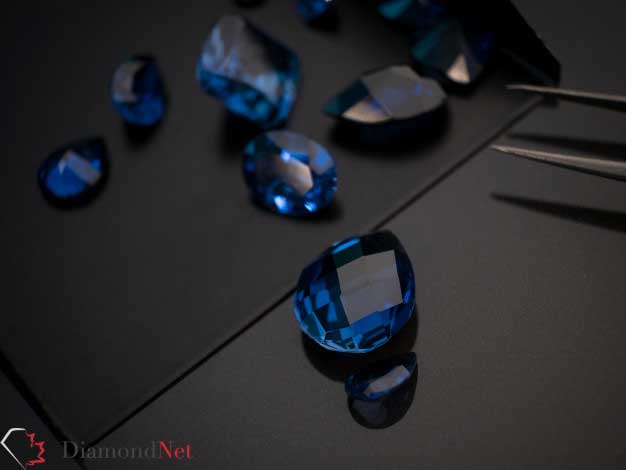
In terms of price, sapphire is slightly lower compared to Diamond while ruby is the most expensive colored gemstone per carat. Generally, “eye-clean” gems that have no visible defects to naked eye get the highest grade and price.
Ruby is formed in marble that in turn is created in metamorphic process when heat and pressure from mountain formation act on existing limestone deposits. Marble lacks iron so marble-hosted ruby has an intense red color along with fluorescence. Ruby is also formed in basalt rocks that has less color intensity due to higher iron content. The iron also masks the red fluorescence that is associated with extra glow of marble-hosted ruby.
Blue and fancy sapphires are found in Madagascar, Tanzania, Myanmar, Sri Lanka and Australia but rubies are mined in Myanmar, the Himalayas and northern Vietnam.
Emerald is made from element beryl in presence of chromium, vanadium and iron. The first two elements provide the intense green color while iron adds a bluish tint. It is typically formed in six-sided prism, which is where the popular “emerald cut” comes from!
Beryl can be used as beryllium which is a highly strong yet lightweight metal with a good resistance to corrosion. It is used in electrical and aerospace components along with nuclear reactors.
Emerald often has low clarity due to internal inclusions and external blemishes which make the price range widely different from $10 to $50,000 per carat! It is mostly found in Colombia, Brazil, Zimbabwe and Zambia.
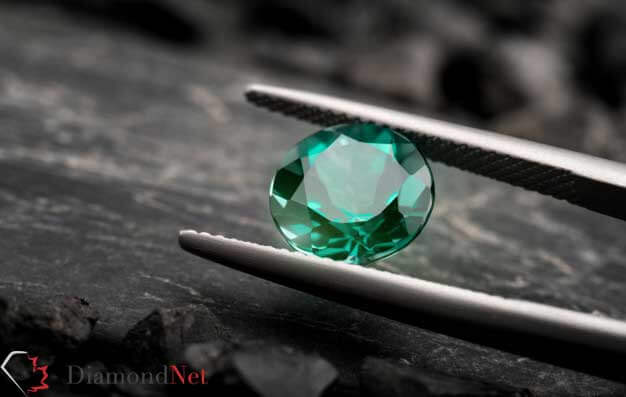
Conclusion
Gemstones are formed by billion years of evolution that is why they are each uniquely beautiful and rare and understandably expensive. Slightest difference in chemical composition and mineral inclusion will create a whole new gemstone different in look and characteristic.
Diamond is precious for many good reasons. It is made from the oldest known element and it is the hardest known substance. That is why it was chosen to represent invincible love and commitment of couples in a marriage! It has the highest light reflection that creates the most brilliance sparkle from the engagement ring on your finger. Cut with sophisticated facets and in a symmetrical shape, it reflects all aspects of your personality. Sited in the most complimentary setting and housed in a strong metal band foundation, Diamond creates the perfect custom engagement ring that you have been dreaming your whole life. Add to that the wholesale price of a conflict-free Diamond dealer in Vancouver; you have insured the success of your relationship.
